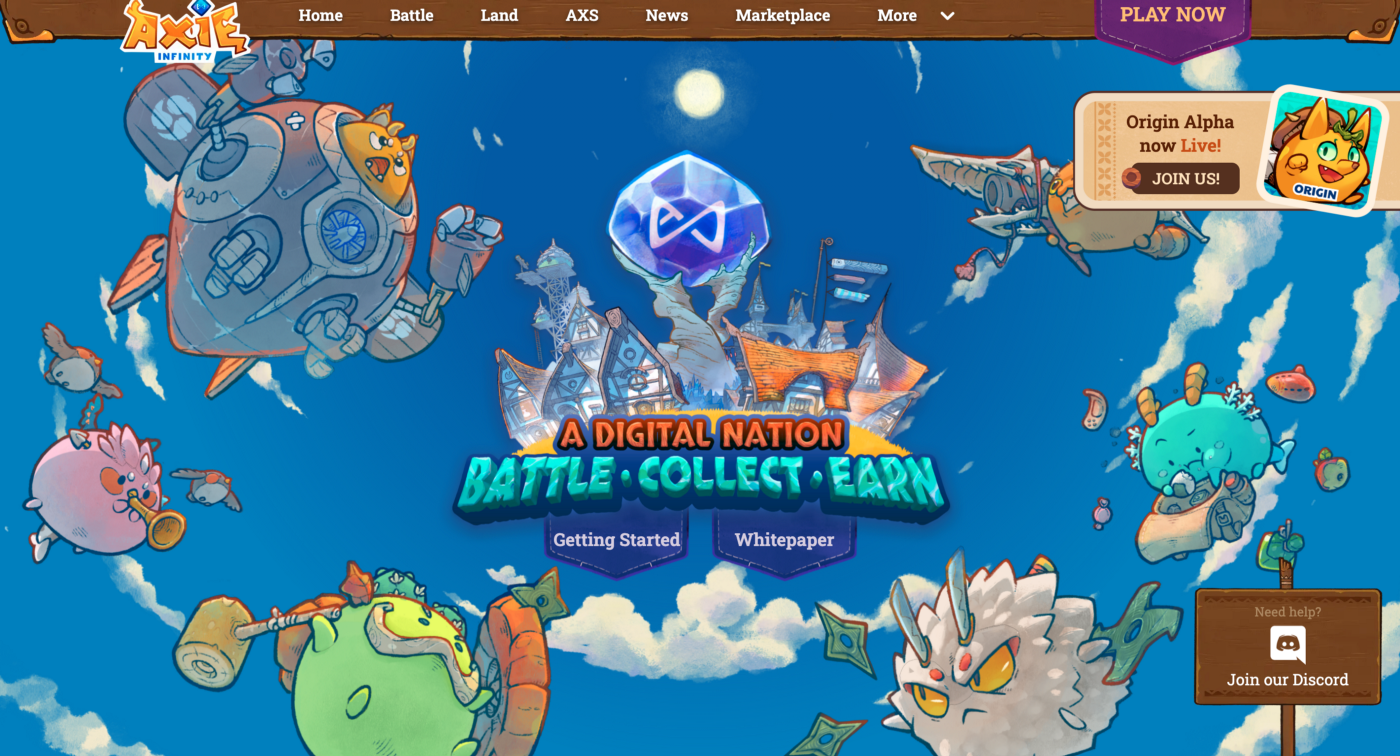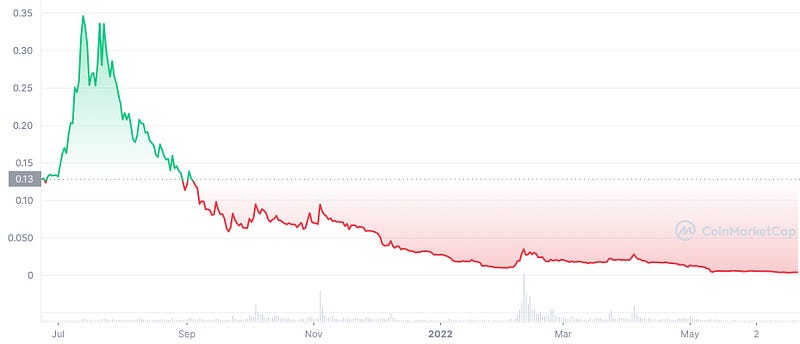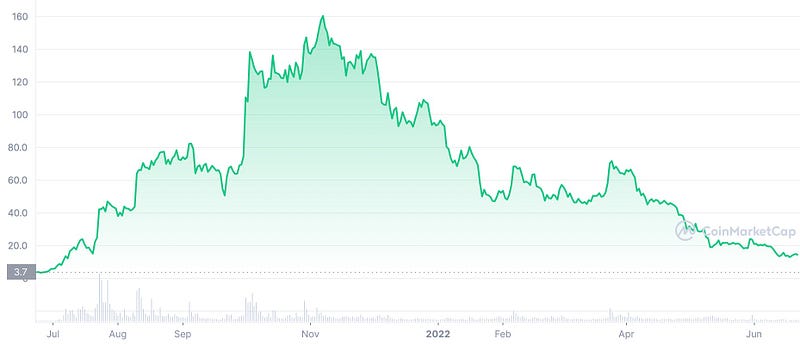What Is Wrong with Axie Infinity?
Axie Infinity rose to over 2 million daily players and a $10 billion valuation in 2021, but its economy proved unsustainable. Hyperinflation of its in-game token SLP, the $620 million Ronin hack, and a failed attempt to relaunch with new titles led to a collapse in both user base and token value




